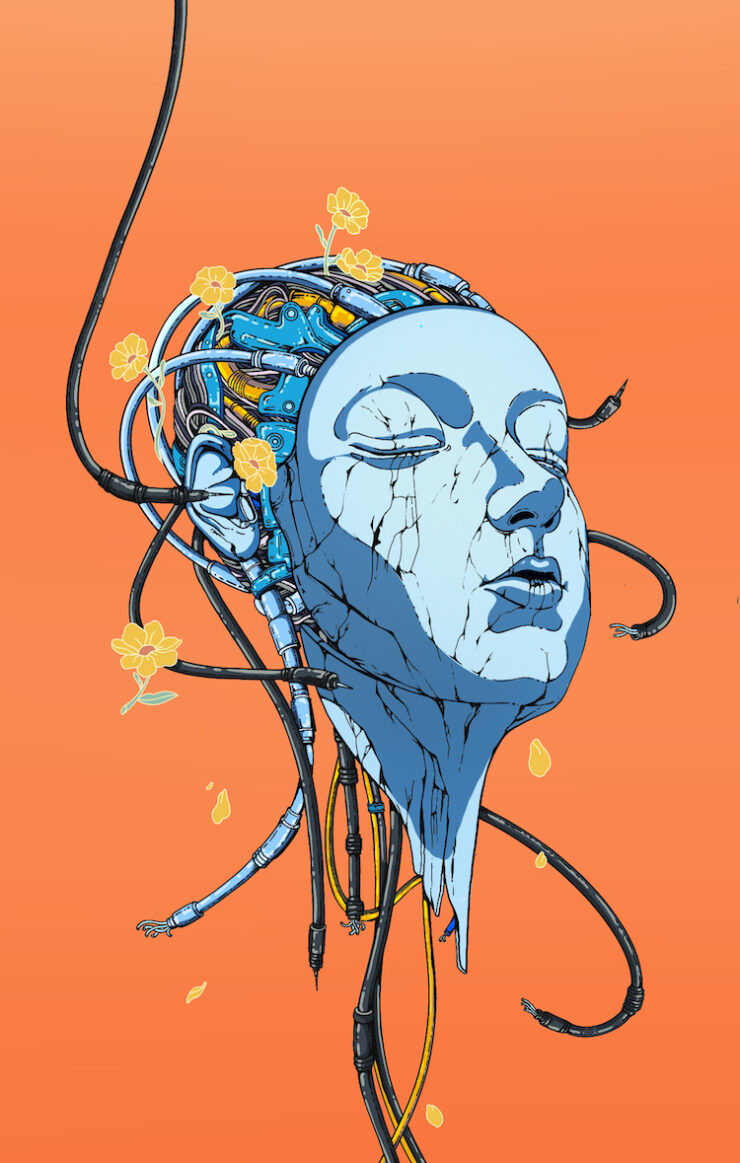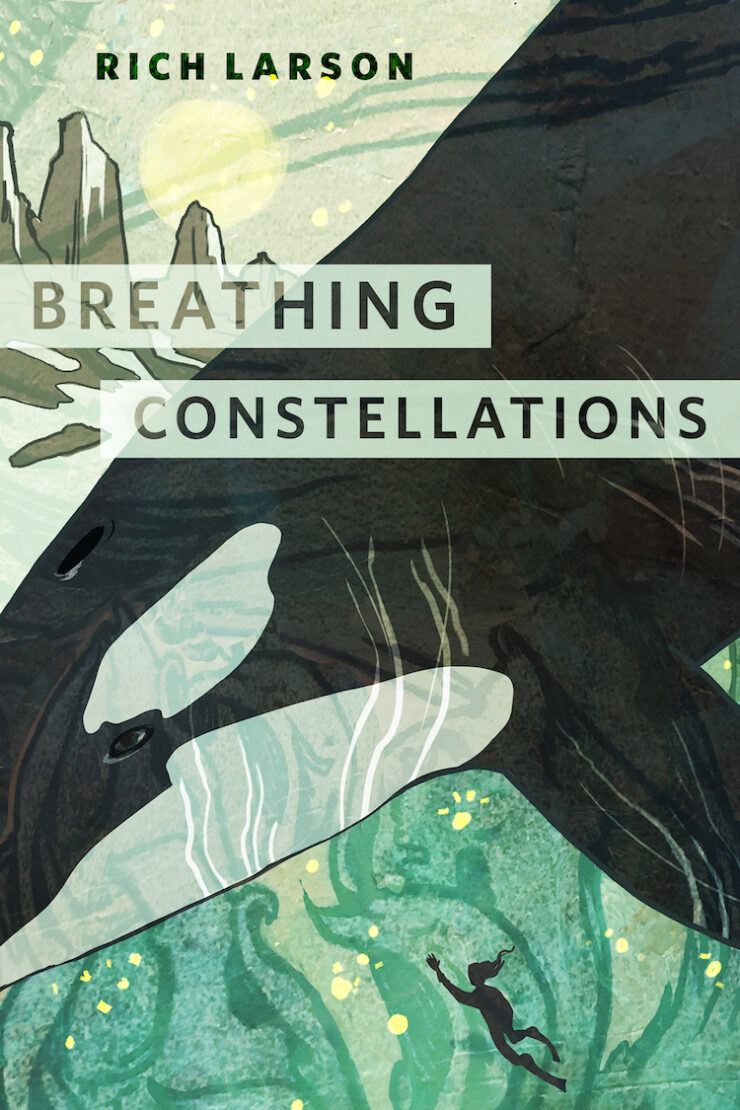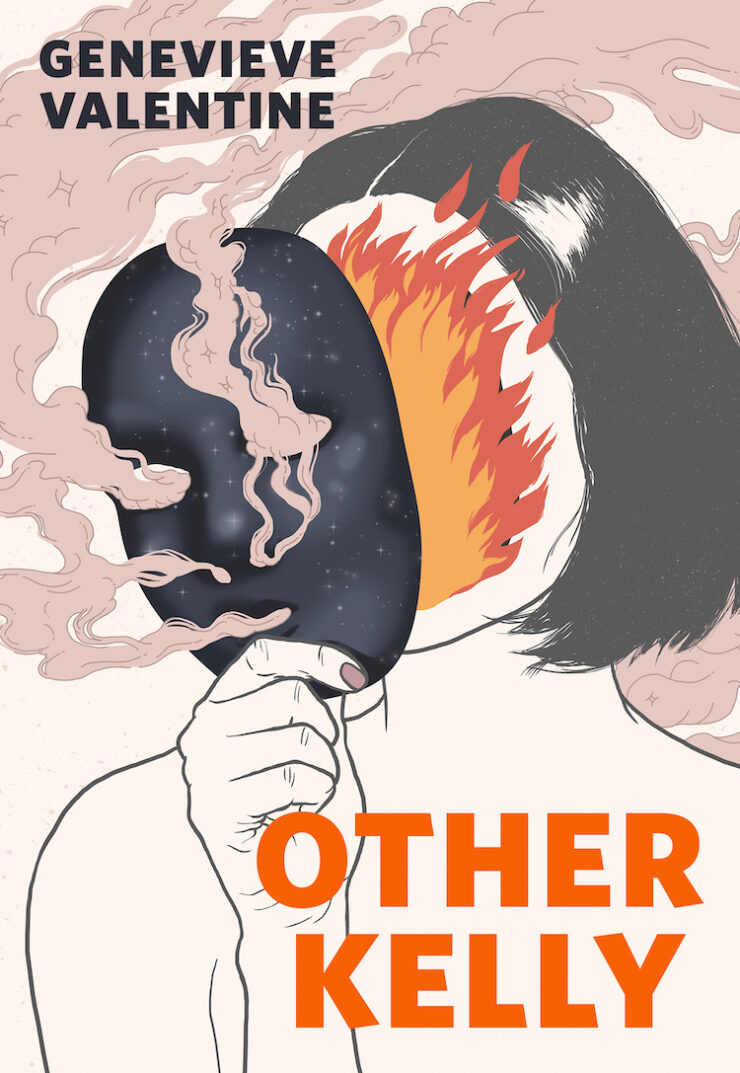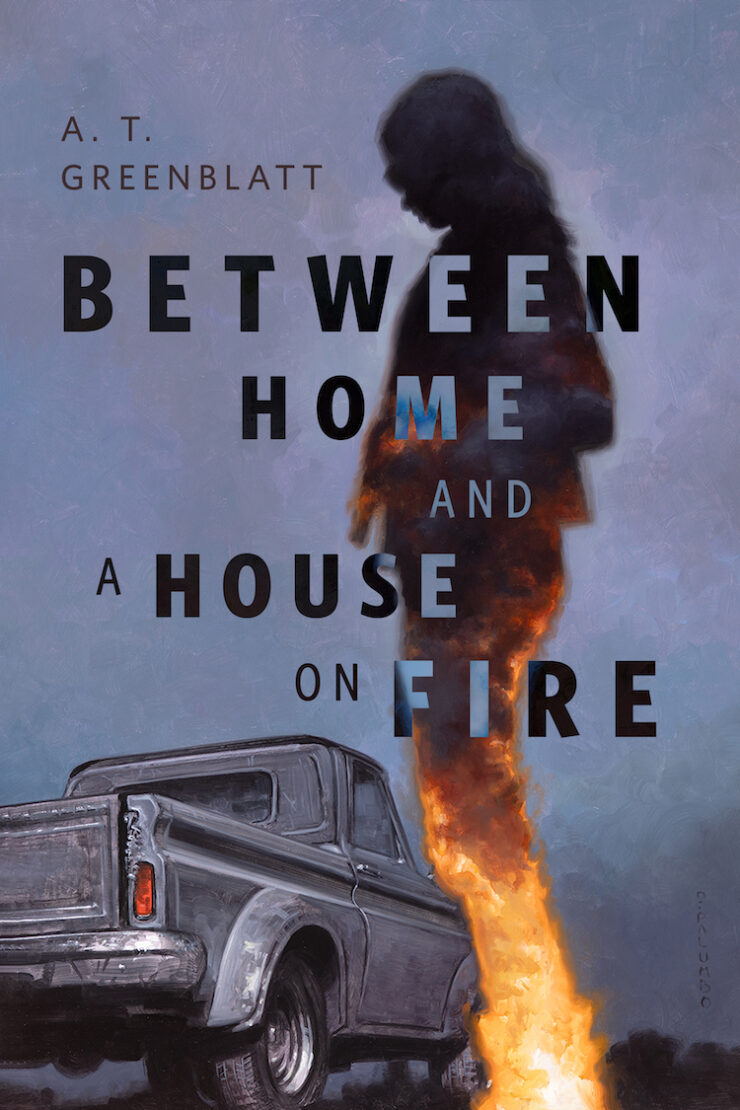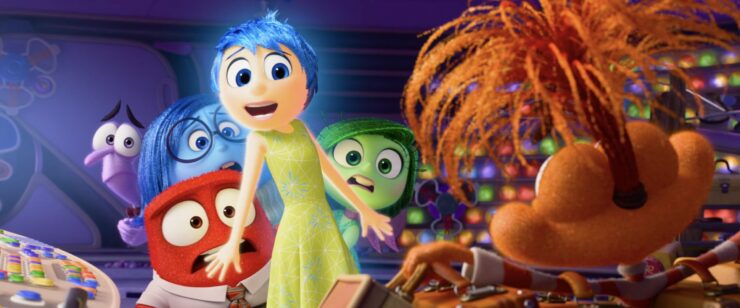Nearly a decade ago, Inside Out took viewers on a tour of emotional development with the help of a little girl named Riley. The premise was bound to be an easy sell on the sequel front—after all, our emotions only gain complexity as we age. So we’re back now with Riley’s next big vault on the developmental hurdle course: puberty.
The button gets pressed on the dashboard of Riley’s (Kensington Tallman) mind right before she’s set to head off to a special-invite three-day hockey camp with hopes of impressing the high school coach. While driving to the camp, she learns that her two best friends, Bree (Sumayyah Nuriddin-Green) and Grace (Grace Lu), are both headed to a different high school—they won’t be on the same team anymore. It’s the perfect storm to set Riley up for a rough weekend, made worse by the appearance of four new emotions; now alongside Joy (Amy Poehler), Sadness (Phyllis Smith), Anger (Lewis Black), Disgust (Liza Lapira), and Fear (Tony Hale), we’ve got Envy (Ayo Edebiri), Embarrassment (Paul Walter Hauser), Ennui (Adèle Exarchopoulos), and Anxiety (Maya Hawke).
The film does an excellent job setting up the roots of Anxiety as an emotion, even as our new orange buddy muscles in to take the wheel from Joy—anxiety is in many ways a subset of fear, born when the brain supplies a constant stream of optional outcomes for all possible scenarios, in the hopes that “bad ones” can be avoided. Joy and crew later discover, in fact, that Anxiety is employing a large subset of Riley’s imagination to render and present these possibilities to her, so she can make more assessments.
We’ve got a few recasts here as well as a ton of new characters thrown into the mix. The crew is vibrant as ever, led by Poehler’s shimmering optimism (and even sometimes despair on this round—Joy really goes through it). Though we shall never again see Bing Bong (sniff) we do get a few fantastic characters provided by the vault in Riley’s mind, including a Blue’s Clues-alike that had my entire theater in stitches.
The changes to Riley’s mind follow the changes in development for your average human brain (a little late, if my memory serves, but you’ve gotta fudge the facts here and there) as it grows. Memories are now shown to inform beliefs, which in turn weave together to form a Sense of Self, integral to Riley’s being. And in place of the importance once reserved for family, friendship now has the majority share on the Islands of Personality, as is accurate: Peer group is paramount as you get older.
Many new emotions were considered and discarded for the sequel—the director has already admitted that an earlier version of the film featuring Shame was scrapped because it made the film too dark to be rewatchable—but the centering of anxiety makes sense for Riley. She had already shown inclinations toward depression, which often goes hand-in-hand with anxiety, and young girls are more likely to report both in adolescence. What results is a peek into what certain types of emotional turmoil do to us at one of our most vulnerable developmental points in life.
Riley quickly ditches her friends in order to get close to Val Ortiz (Lilimar), the star player at Riley’s new high school. In hopes of being immediately accepted onto the team, she tries to impress and hang out with the older kids, feigning distaste for beloved bands and trying to match teenage sarcasm and bluster. Riley eventually learns that Coach Roberts (Yvette Nicole Brown) writes down her opinions of all the players in her special notebook. Once Anxiety has managed to flush Joy, Sadness, Fear, Disgust, and Anger to the back of Riley’s mind along with her Sense of Self, she prompts a midnight stealth mission to break into Roberts’ office and read the notebook.
One of the things that’s most enjoyable about the Inside Out films is the ways in which conflicts play out differently: In your average movie plot, Riley would like get caught while breaking in to read the notebook, the tension resulting from breaking rules and being taken to task for it. But Riley’s actions aren’t being labeled for their morality here (honestly, if a coach keeps that kind of record and all the kids know about it, we’ve got much bigger issues), and learning what’s in the notebook is only serves to heighten her anxiety—the problems are internal, making the outward segments of narrative ultimately more interesting.
Anxiety’s vice-like grip on Riley results in the creation of a new Sense of Self that stems entirely from a belief that she’s not good enough. (The mechanics around beliefs and the Sense of Self are incredibly well-done, but might read a bit confusingly for anyone without some basic psychology knowledge—the formulation of a sense of self isn’t exactly common knowledge.) This results in an escalation on the final day of camp that ends in Riley’s very first panic attack. It’s a difficult thing to experience, if you’ve ever had one, as the rendering is… pretty visceral.
As with the last film, the only thing that solves these problems is connection: Joy has to reach out to Anxiety to help her out of a fugue, and Riley is finally able to talk to Bree and Grace, explain to them why she’s behaved the way she did, and apologize. Friendships are mended and a new Sense of Self is born—one that is ever-shifting and infinitely more complex. Nothing is perfect, but Riley is growing as she should. After all, puberty has never been particularly fun.
It’s a reminder to everyone watching, no matter their age, to seek out community when problems arise, to strengthen bonds of support rather than shun them. It’s also a reminder that anxiety is a beast of an emotion that loves to take the wheel at every opportunity, so it behooves us to prevent it if we can. But those aren’t edicts, only helpful reminders. And it won’t solve any problems for many people living with anxiety, though it might help them feel a little less alone and a little more seen. And if it prompts a few frank discussions about it between families and friends, I call that an unqualified win.
All in all, Inside Out 2 is a worthy addition to its predecessor and the Pixar lineup. Just be prepared to feel all your feelings on this one. You can’t really avoid it when they’re on the screen right in front of you.


